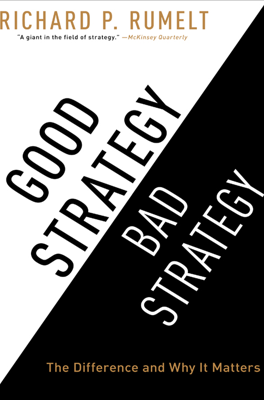Proximate Objectives
The Essence of Proximate Objectives
Proximate objectives serve as realistic targets that organizations can feasibly achieve, provided they are well within their capacities. A leader's ability to set these objectives functionally harnesses and channels the organization’s efforts effectively toward tangible, achievable goals, thus converting strategic vision into measurable action.
Kennedy’s Moon Landing Directive: A Case Study in Strategic Proximity
President John F. Kennedy's 1961 commitment to landing a man on the moon by the end of the 1960s exemplifies the effective use of a proximate objective. Despite its outward audacity, the objective was deeply rooted in feasibility, built on already existing technological foundations and political will. Kennedy’s clear, decisive communication and strategic allocation of resources made this ambitious goal achievable within the set timeframe.
Challenges of Defining Realistic Goals
The chapter criticizes common pitfalls in strategy formulation, such as setting overly ambitious goals without practical pathways to achievement. Examples like the War on Drugs and calls for complete energy independenice are cited as objectives that, though well-intentioned, fall outside the realm of proximate objectives due to current legal, technological, or political limitations.
Resolving Ambiguity Through Practical Specification
Using the Surveyor moon missions as an illustration, the chapter discusses how engineers at NASA’s Jet Propulsion Laboratory dealt with the ambiguity of the lunar surface by adopting a practical and engineered specification of expected conditions. This approach enabled them to design appropriate landing and exploration equipment and reduced the complexity of the design challenge to a manageable level. The specifications, while not necessarily accurate predictions of lunar conditions, provided a clear and workable framework that guided successful mission planning and execution.
Strategic Focus and Creating Options
The ability to focus strategically on proximate objectives allows organizations to consolidate their position and create further strategic options. It is suggested that dynamic and uncertain situations require even more focus on proximate objectives rather than distant goals because shorter-term objectives allow for stronger positions and adaptability in rapidly changing environments. The analogy of chess plays, where each move improves positioning and options rather than pursuing immediate victory, underscores this point.
Application to Organizational Strategy
The importance of aligning strategic objectives with operational feasibility is reinforced through a narrative involving a business school's strategic planning. By focusing the school’s strategy on proximate, actionable objectives—like improving student employment outcomes with targeted companies—the school was able to create a more focused and feasible strategy likely to produce meaningful benefits.
Summary
This chapter reinforces the concept that achieving strategic success hinges on setting objectives that are not only desirable but also attainably proximate. By focusing on feasible goals, leaders can better marshal resources, guide their organizations effectively through complexities, and adapt to changing circumstances. This approach ensures that strategic efforts are both directed and practical, leading to tangible outcomes that sustain organizational momentum and success.
